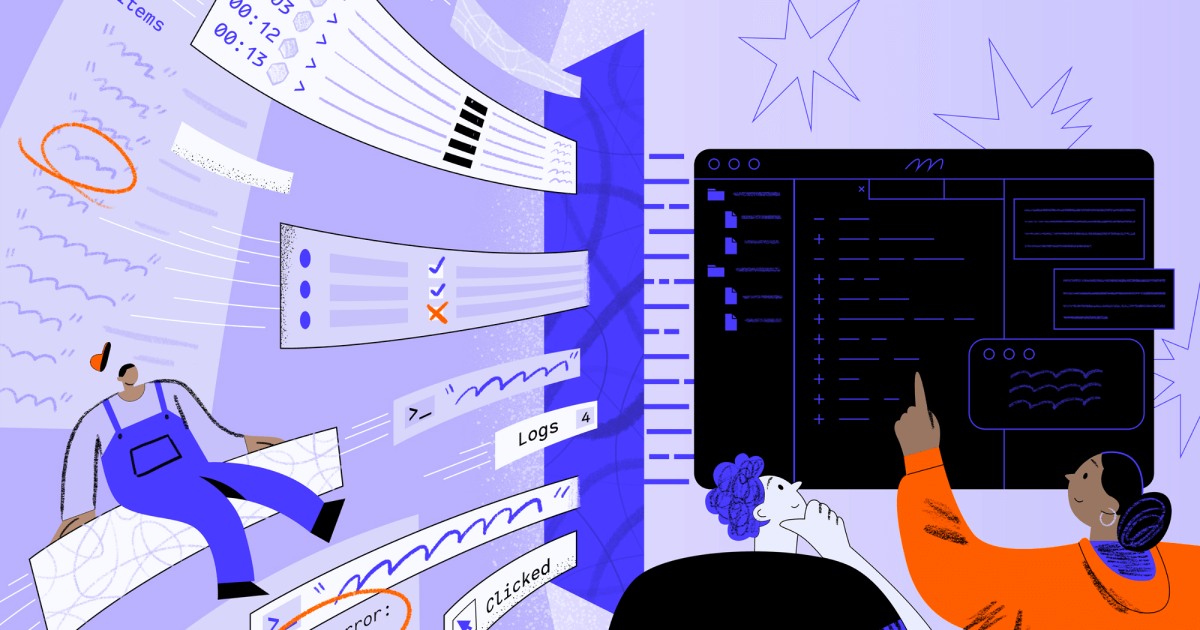
Session Replay
Multiplayer 2025: year in review
In 2025 we focused on a simple but ambitious goal: making debugging faster, less fragmented and less manual. Check out all our releases to make that possible.
Multiplayer Director of Community


Session Replay
In 2025 we focused on a simple but ambitious goal: making debugging faster, less fragmented and less manual. Check out all our releases to make that possible.

Session Replay
Mixpanel shows you how users behave on your frontend, aggregating website performance metrics. Multiplayer shows how your system behaves, from user actions to backend traces, and how to fix a bug (or have your AI coding assistant do it for you).

Session Replay
PostHog is a product analytics platform with frontend-only session replay. Multiplayer is purpose-built for debugging with full-stack session recordings, from user actions to backend traces, showing you how to fix a bug (or have your AI coding assistant do it for you).

Session Replay
Fullstory shows you how users behave on your website, aggregating performance metrics. Multiplayer shows how your system behaves, from user actions to backend traces, and how to fix a bug (or have your AI coding assistant do it for you).

Session Replay
Annotations are a way to draw, write, and comment directly on top of full-stack session recordings. Now, instead of sketching ideas in isolation, teams can mark up actual user sessions, highlighting specific UI elements, API calls, and backend traces that need attention.
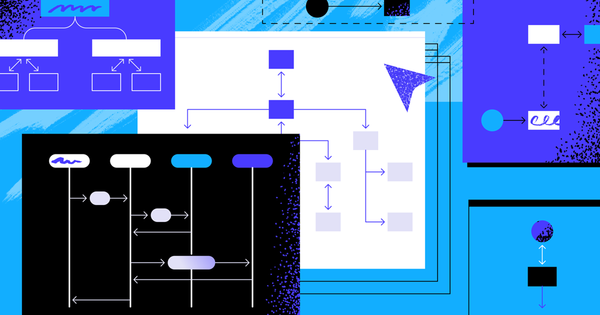
Distributed Systems
Most modern software systems are distributed systems, but designing a distributed system isn’t easy. Here are six best practices to get you started.
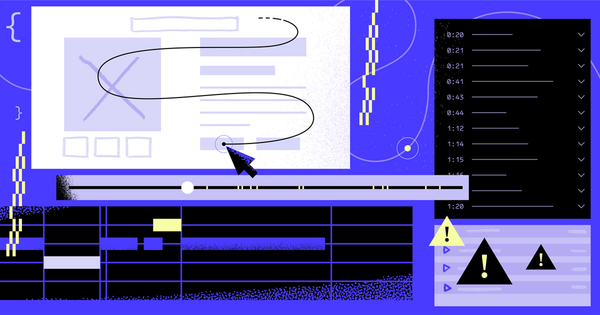
Session Replay
Multiplayer transforms the chaos of support tickets, eliminating manual work, sloppy hand-offs, and grepping through log files.

Session Replay
Full stack session recordings capture everything that matters without impacting your application performance or adding unnecessary overhead.
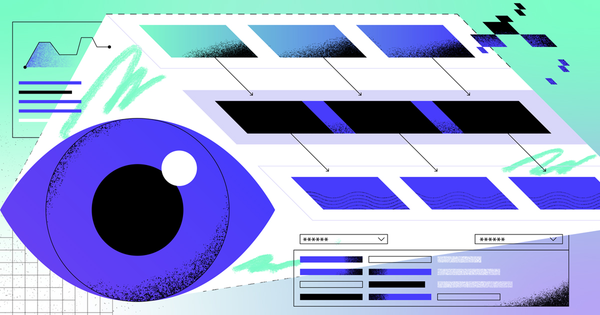
Session Replay
Add sketches, notes, and requirements directly to your full stack session recordings. Highlight interactions, API calls, or traces and turn them into actionable development plans or AI prompts.

Session Replay
Record sessions in the background while you work: Multiplayer saves recordings the moment bugs or anomalies occur, making it effortless to capture elusive, hard-to-reproduce problems.
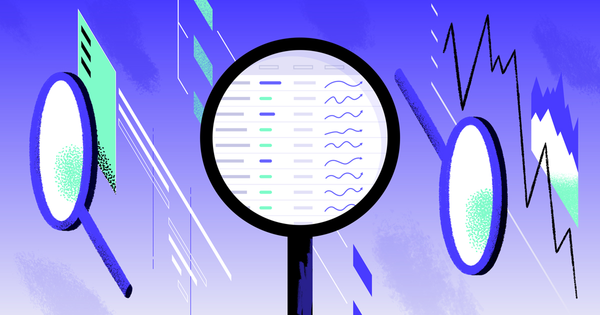
Session Replay
Multiplayer is the only session recorder that combines frontend replays with unsampled backend traces, stitched together automatically. You don’t have to choose between drowning in noise or missing the critical data.
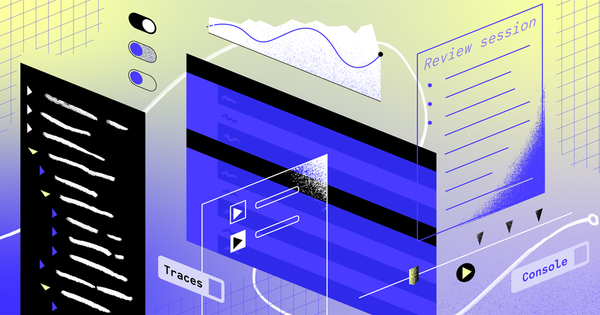
News
Product Hunt may be a rigged game, but we launched anyway. Discover why Multiplayer is betting on full stack session recordings, not orange arrows.